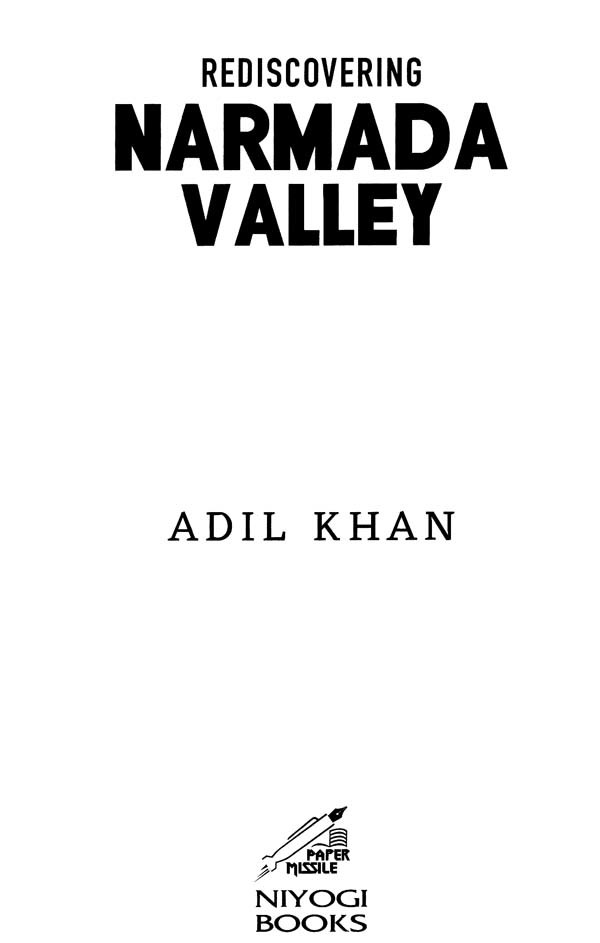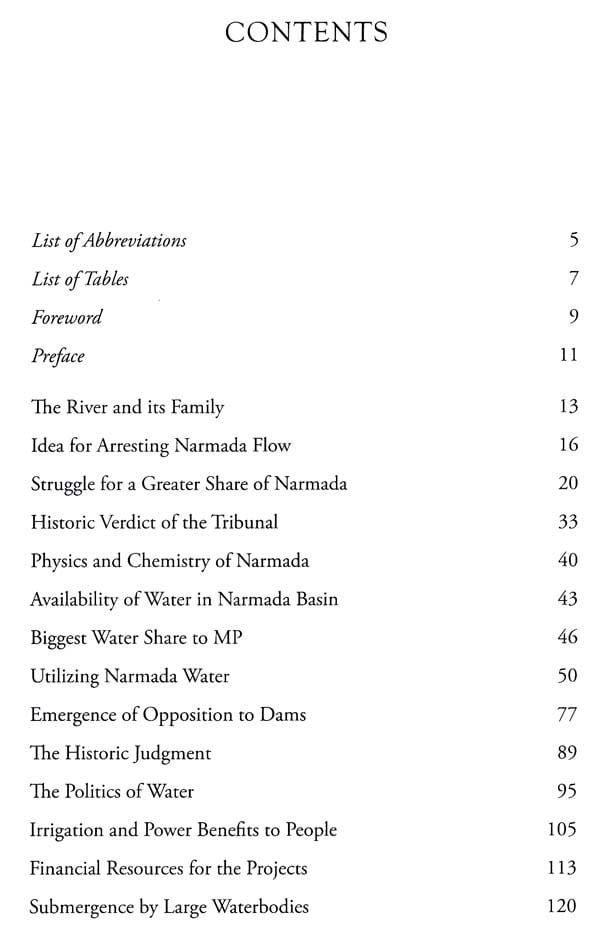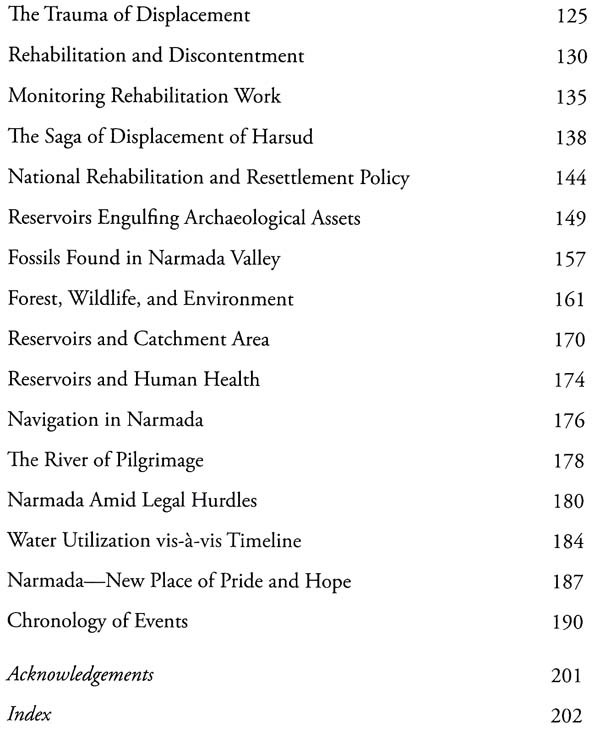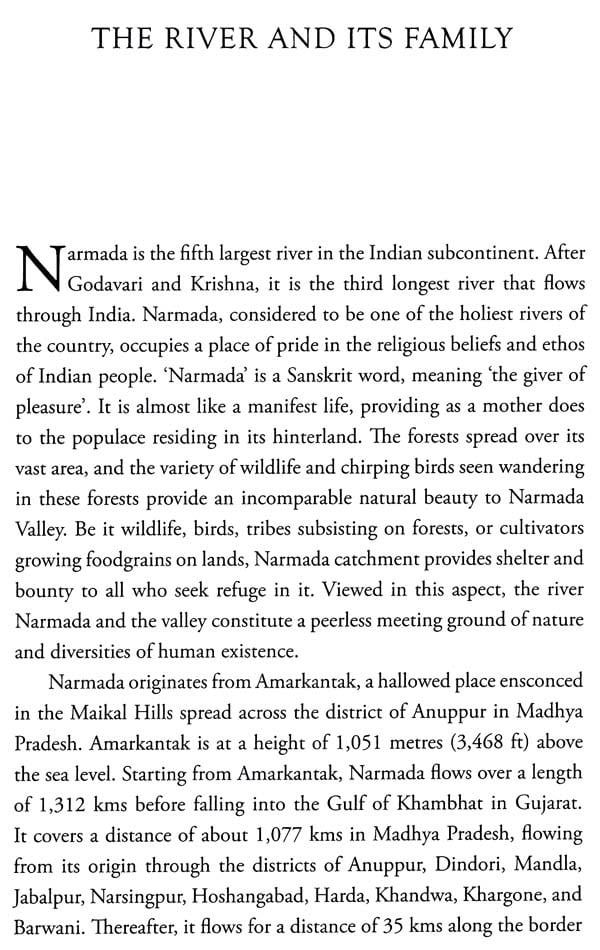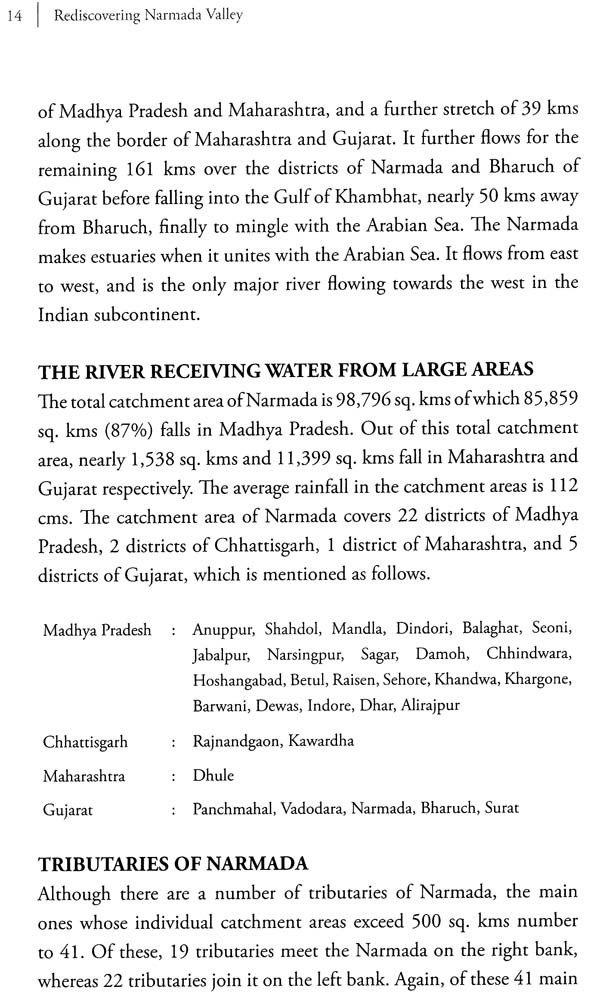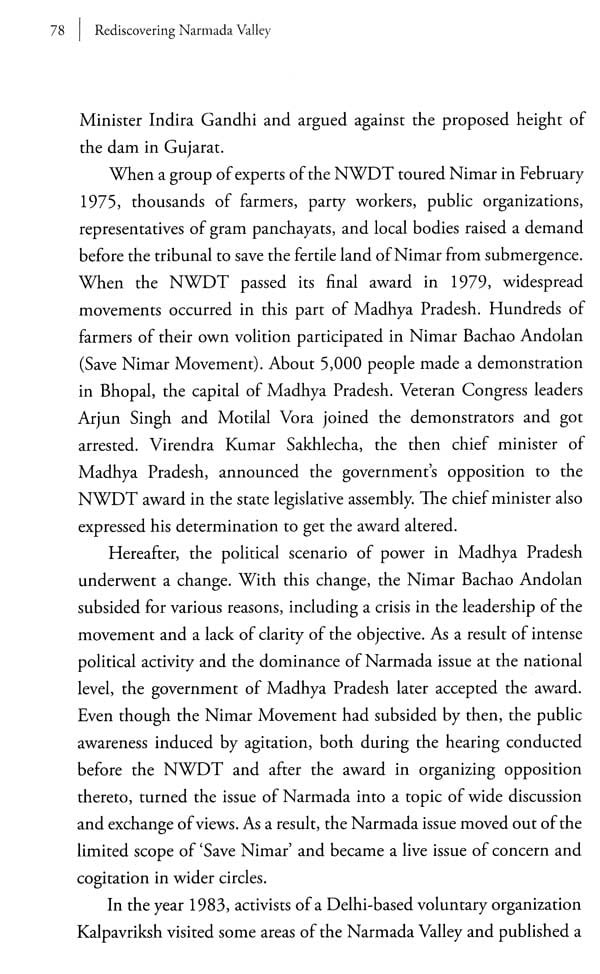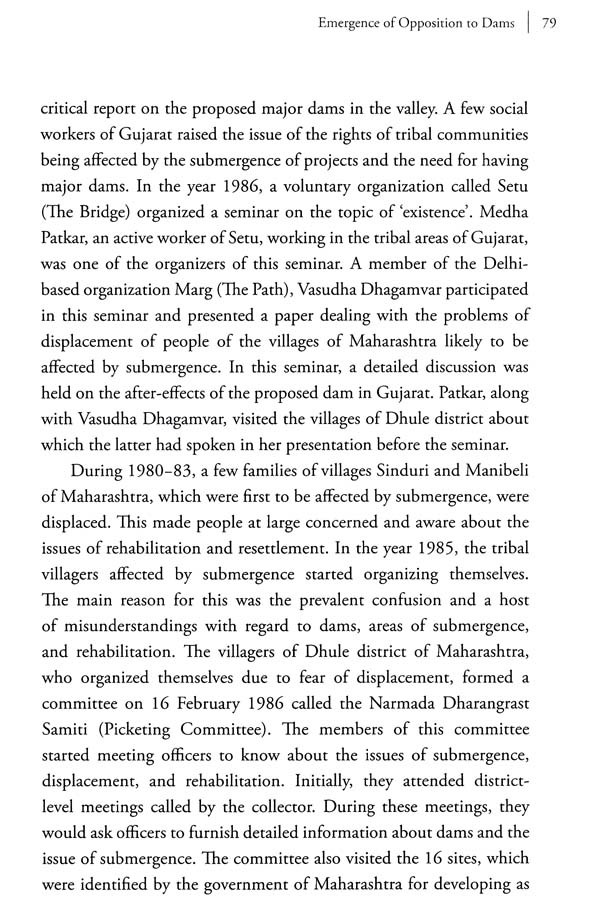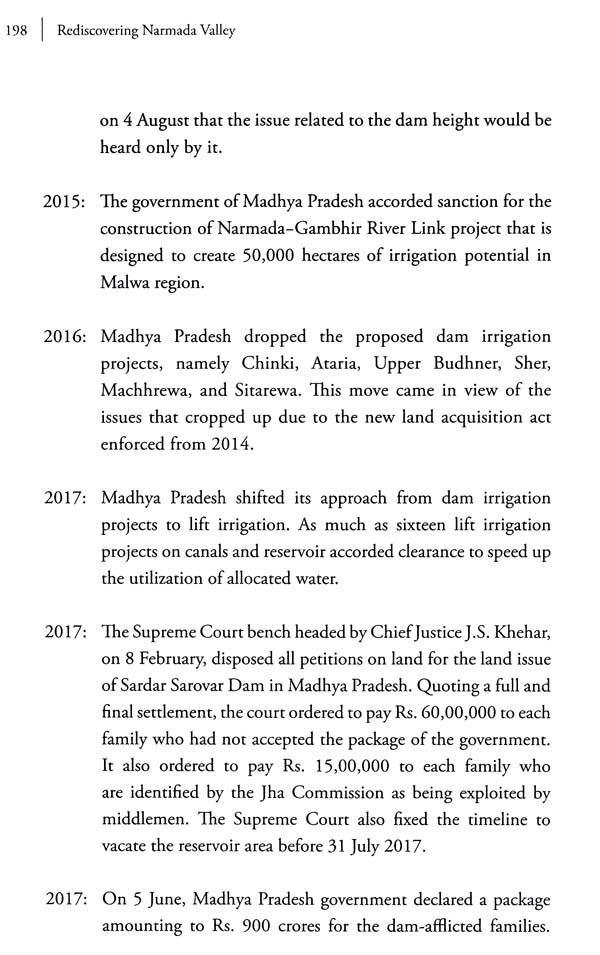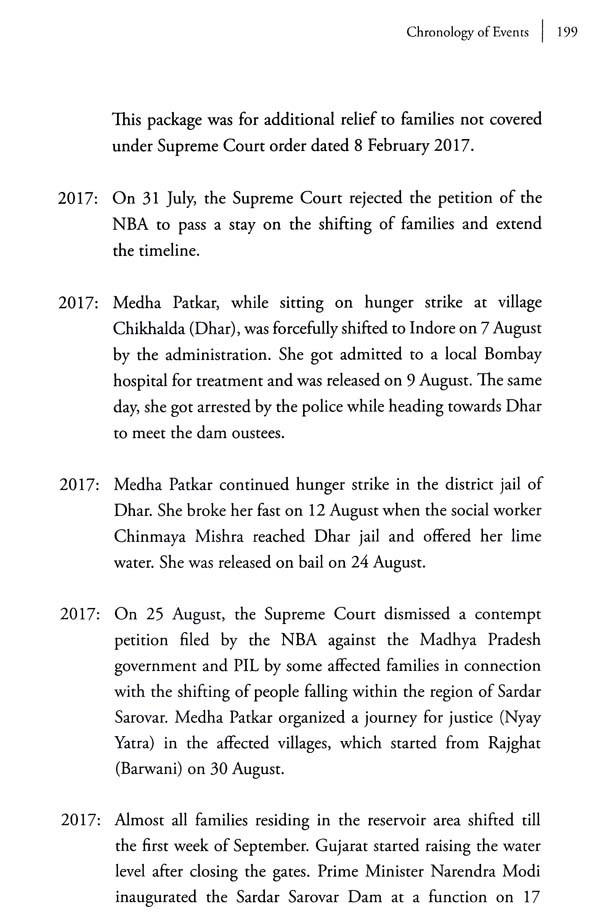
Rediscovering Narmada Valley
Book Specification
| Item Code: | AZE907 |
| Author: | Adil Khan |
| Publisher: | NIYOGI BOOKS |
| Language: | ENGLISH |
| Edition: | 2019 |
| ISBN: | 9789389136180 |
| Pages: | 208 (Throughout Color Illustrations) |
| Cover: | HARDCOVER |
| Other Details | 9.50x6.50 inch |
| Weight | 440 gm |
Book Description
Rediscovering Narmada Valley the author's dexterous presentation of past and present-day Narmada Valley comprehensive, systematic, chronological The author has judiciously displayed account the inter-state disputes, the politics Narmada water, public opposition against Narmada Valley's large dam projects.
During his long association as an officer of Narmada Valley Department, he has travelled extensively in the valley to enrich his knowledge and discover the facts related to Narmada and Narmada Valley.
With the passage of time, the idea of utilizing Narmada's water gained ground, but later on transformed in to a dispute over sharing the water among the states of Madhya Pradesh, Gujarat, and Maharashtra. When an amicable solution could not be reached. the then prime minister of India Mrs Indira Gandhi constituted the NWDT in 1969. The tribunal declared its final award after a decade long exercise. However, when the party states initiated action to follow the directions of the award, people started opposing the construction of big dams. The scattered opposition was then organized and effectively represented by the movement NBA. Meanwhile, the governments of Madhya Pradesh, Gujarat, and Maharashtra indulged in the politics of water by making political statements and counter statements.
Over a period of time, the construction of major irrigation projects was initiated, but faced enormous challenges of human displacement and resettlement. In one way or the other, the story is repeated still with the upcoming irrigation projects of the valley.
After overcoming the problems, the states of Gujarat and Madhya Pradesh initiated construction of dams, but met feverish pace public opposition. due course time, people's opposition big dams was streamlined defined by (NBA). This movement registered effective protests, rallies, and dharnas under leadership Medha Patkar. The opposition was based on plea reservoirs would engulf large areas of productive lands, displacing lakhs people. Moreover, the construction of large dams would the forest and the surroundings, leading loss of biodiversity. issues raised by the NBA were serious. Many NGOs the country across the world inclined to extend their support the cause. Thus, Narmada and the NBA became global extent.
While the construction dams on a very slow pace, the country started opening its doors the trends globalization. a new economic order started trickling both urban and rural areas.
**Contents and Sample Pages**
